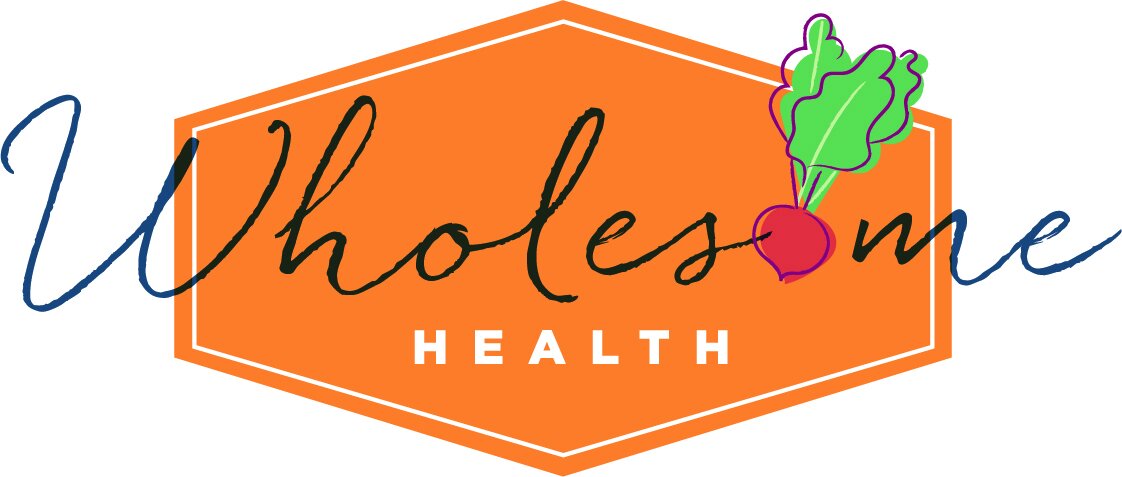Diets 101: Volumetrics Diet
As I’ve shared before, there are numerous popular diets these days. One that you may not be familiar with is called the Volumetrics Diet. More like a healthy eating plan than a diet, the Volumetrics Diet emphasizes whole foods and recommends limiting processed foods. Read on to find out more and to find out if the Volumetrics Diet is right for you.
What is the Volumetrics Diet?
The Volumetrics Diet encourages eating nutrient-dense foods that are low in calories and have a high water content, such as fruits and vegetables, to help you feel satisfied with fewer calories due to the high volume of the foods. It recommends limiting foods high in added sugar and saturated fat.
The Volumetrics Diet divides food into four categories:
Category one: very low density
These foods make up the majority of the Volumetrics Diet:
Fruits
Non-starchy vegetables - leafy greens, broccoli, cabbage, carrots, peppers
Broth-based soups
Nonfat dairy - milk, yogurt, cottage cheese
Category two: low density
These are foods that should be consumed in moderation:
Whole grains
Lean proteins - chicken, turkey, fish
Legumes - beans, lentils
Starchy vegetables - potatoes, winter squash, corn, peas
Category three: medium density
These foods should be consumed in small portions only occasionally:
High-fat dairy - whole milk, cheese, ice cream
Refined carbohydrates - white bread, white rice
Fatty meat and fish
Salad dressing
Category four: high density
These foods are processed and high in fat and sugar and should be limited or avoided:
Butter
Desserts
Candy
Cooking oil
Chips
Crackers
Nuts
Fried foods
Why follow the Volumetrics Diet?
I like that the Volumetrics Diet emphasizes filling up on high-fiber foods like fruits, vegetables, and whole grains. It also encourages limiting or avoiding refined grains, sweets, and packaged snack foods. Benefits include potential weight loss due to decreased calorie intake, as well as reduced risk of developing heart disease, diabetes, or other chronic conditions.
Cons
One of the main downsides that I see to following the Volumetrics Diet is that it recommends limiting fat intake. Fat is high in calories so should be consumed in moderation, but heart-healthy fats such as avocados, nuts, olive oil, and fatty fish are generally recommended as a part of a healthy diet. It is a good idea, however, to limit saturated fats found in fried foods, snack foods, and fatty meats.
Overall, the Volumetrics Diet is well-balanced and promotes eating whole foods and limiting or avoiding processed foods and sweets. It is however lower in heart-healthy fats, so keep this in mind if you choose to follow this diet. Be sure to check out my other Diets 101 blog posts as well!



